Both waterproofing and damp proofing are methods of preventing moisture intrusion. Although they are often used interchangeably, the terms damp proofing and waterproofing carry distinct meanings in foundation construction. Damp proofing refers to keeping soil moisture (dampness) out of a structure, while waterproofing means protecting a structure from both moisture and liquid water. The level and location of the structure’s foundation, soil conditions, rainfall, drainage, and methods of construction can all determine the need for damp proofing versus waterproofing.
When Is Damp Proofing Necessary?
The International Residential Code (IRC) states that waterproofing is required “in areas where a high water table or other severe soil-water conditions are known to exist.” Section R406 of the IRC states that in areas where waterproofing is not required, below-grade foundation walls should be damp-proofed. The parging of masonry walls must also be damp-proofed. In areas without high soil hydrostatic pressure, damp proofing used in conjunction with proper drainage and lawn grading is generally sufficient and provides long-lasting protection.
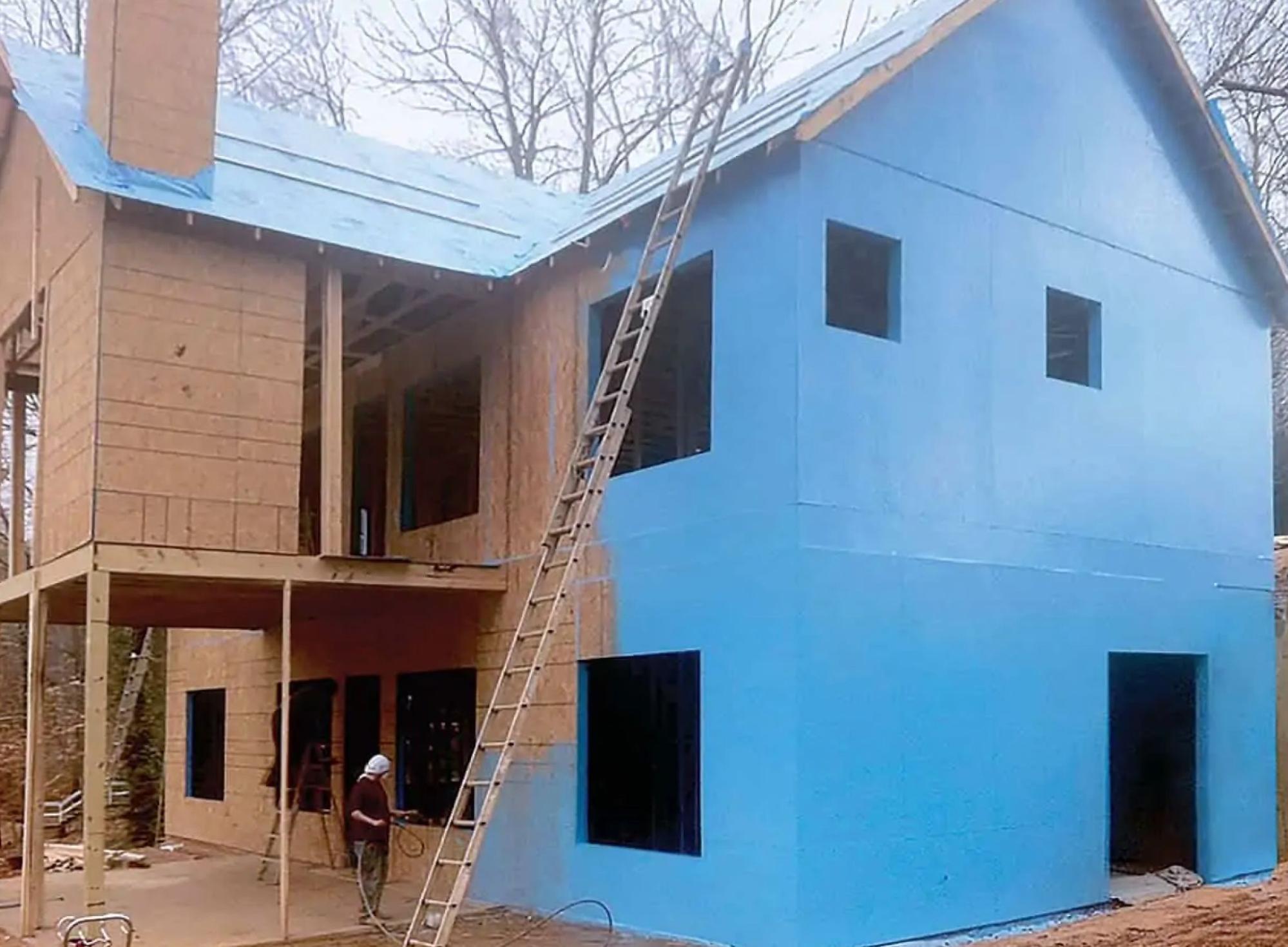
How Does Damp Proofing Work?
Damp proofing is typically achieved through a coating that is either sprayed on or rolled onto the outside of the wall. A damp proof course is a barrier that prevents rising damp, which is when water from the soil seeps up into the foundation. Damp proofing can also be integral when added to the concrete mix, the concrete itself water resistant.
What Are the Best Damp Proofing Methods?
Liquid Wrap and Joint Filler
Poly Wall Blue Barrier Liquid Wrap 2300 is a silane-polymer resin that can be used in the process. It applies right over the substrate surface and penetrations (after they are prepped with joint filler). Sidings can be applied to Blue Barrier Air Barrier products the day after installation.
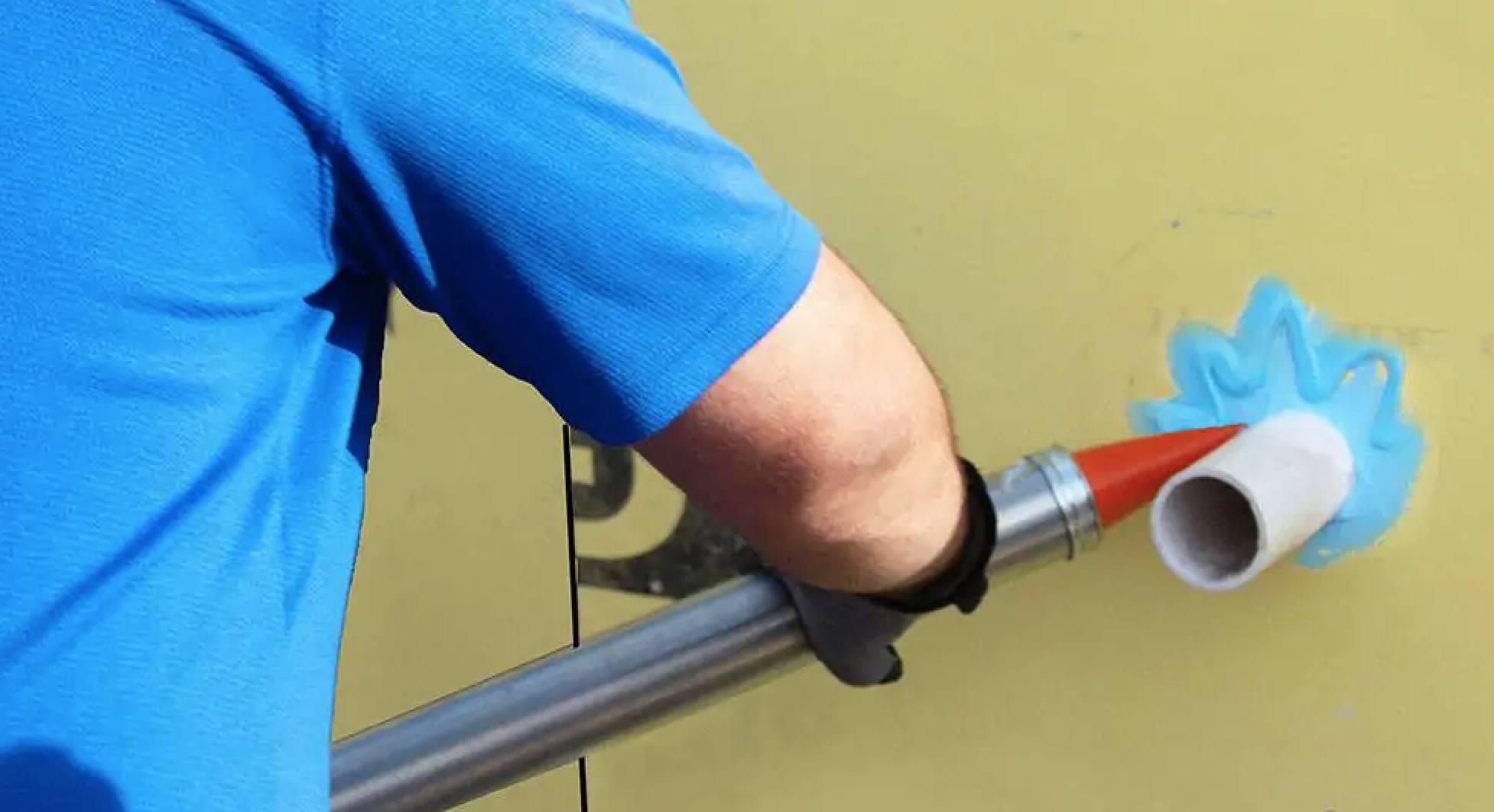
To use a liquid membrane, it is first necessary to fill all holes, cracks, and seams. Poly Wall Blue Barrier Joint Filler 2200 is easy to apply with a sausage gun to create waterproof barriers around openings and shore up potential trouble spots before covering the surface with the liquid membrane.
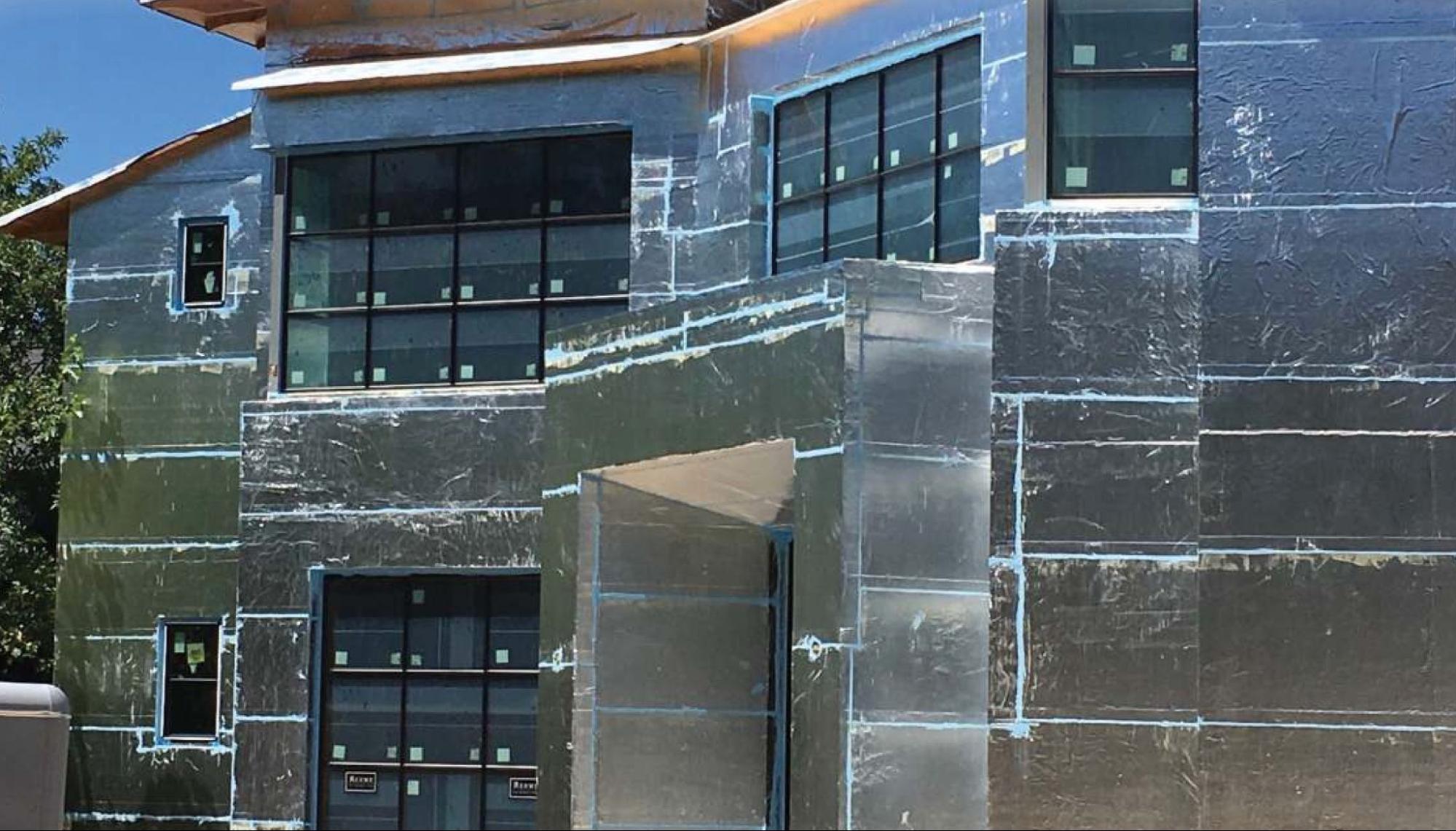
Damp Proofing With Flashing Material
Damp proofing membranes can also be made from polyethylene foil. They are 100% impermeable — they repel water, completely preventing it from penetrating the membrane. Poly Wall Aluma Flash and Aluma Flash Plus come in a thickness of 40 mils, which is about 4 times as thick as a typical damp proofing membrane. Aluma Flash Plus is a self-adhering modified asphalt membrane. The foil on the exterior of the membrane provides a thermal barrier that gives extra UV protection to the concrete or other substrate for up to 24 months. Once the wall is primed, all that is needed to apply the sturdy barrier is a caulk or sausage gun, trowel, utility knife, and a roller.
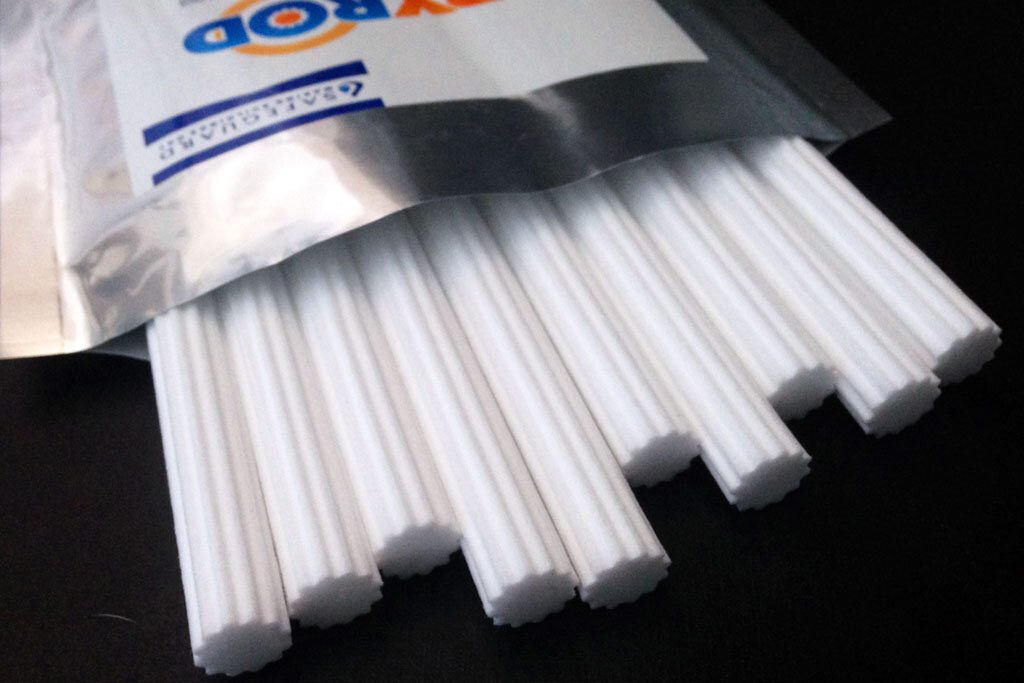
Damp Proofing Rods
Rising damp happens when moisture wicks up through a masonry unit by capillary action. Damp proofing rods, sometimes called dry rods, are a relatively new technology for damp proofing existing walls. Damp proofing rods are typically made from a polymer silane/siloxane material. The rods can be inserted end-to-end or however it is needed depending on the wall thickness.
Damp proofing cream also exists. It is a thick paste that is squeezed with a sausage gun into a series of horizontal drill holes along the mortar course. Damp proofing rods are made of the same materials as the cream, in a hardened form. The rods are impregnated with a water repellant and installed in a similar way — by drilling holes in a mortar course to insert the rods. Once in place, the rods release their water-repellent active ingredients to spread along the mortar course.
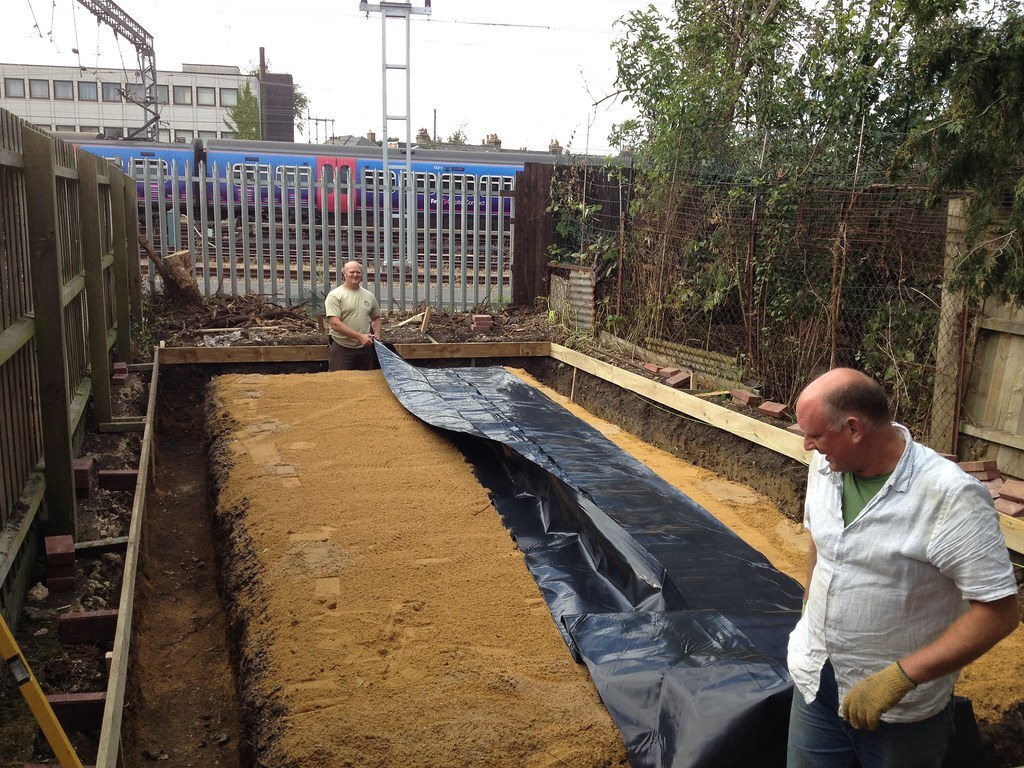
Damp Proof Sheeting
Damp proof sheeting is a type of membrane used to prevent rising damp. Polyguard Underseal® Underslab Membrane is a tough, 85-mil waterproofing membrane/vapor barrier designed to virtually eliminate water and vapor transmission through concrete slabs on grade. In addition to protecting floor finishes and indoor air quality, this product also acts as a barrier to methane and radon gas.
Damp Proofing Tips
Damp Proofing External Walls Below Ground Level
Historically, an inexpensive and common method was to spray tar on foundation walls and footing joints. This is no longer recommended because the tar contains harmful VOCs and the material can become brittle and flake away over time.
The best damp proofing material is completely inert, does not emit any dangerous VOCs, does not require investment in expensive spray equipment, installs in any weather (tar cannot be applied in cold rain, snow, or sleet), installs quickly and efficiently, and lasts a long time. Poly Wall waterproofing systems check all these boxes.
Damp Proofing Block Walls
The EPA recommends that masonry block walls be parged prior to applying any damp proof coating. As mentioned above, the IRC also requires that parging be damp proofed.
Retaining Wall Damp Proofing
The purpose of a retaining wall is to hold back the soil when there is a change in ground level. A retaining wall with moisture ingress shows efflorescence, staining, deterioration, and water leaking through. The retaining wall should be damp proofed or water proofed, depending on whether it is soil-retaining and the location where it is placed.
Proper Preparation
In order to keep your damp proofing membrane highly effective, always be sure to seal all penetrations prior to using a liquid damp proofing membrane, and overlap the seams in your sheet membrane. Damp proofing and waterproofing both require the same care in preparing the surfaces — they must be clean and dry, and the material must be applied in the correct temperature range for that product.
Take the Next Step Toward Effective Moisture Protection
Damp proofing is typically done during original construction to reduce moisture transfer from soil through a foundation wall. Whether you choose roll-on, spray-on, sheeting, flashing, rods, or a combination of products, the best damp proofing materials are safe and effective. They should be completely inert without emitting dangerous VOCs, not require investment in expensive equipment, install in any weather, go on quickly and efficiently, and maximize water resistance.
For help finding the best damp proof coating, or if you’re wondering which type of waterproofing products are best for a particular environment, get in touch with the experts at Polyguard. You can request samples or simply get advice on damp proofing your next project.
